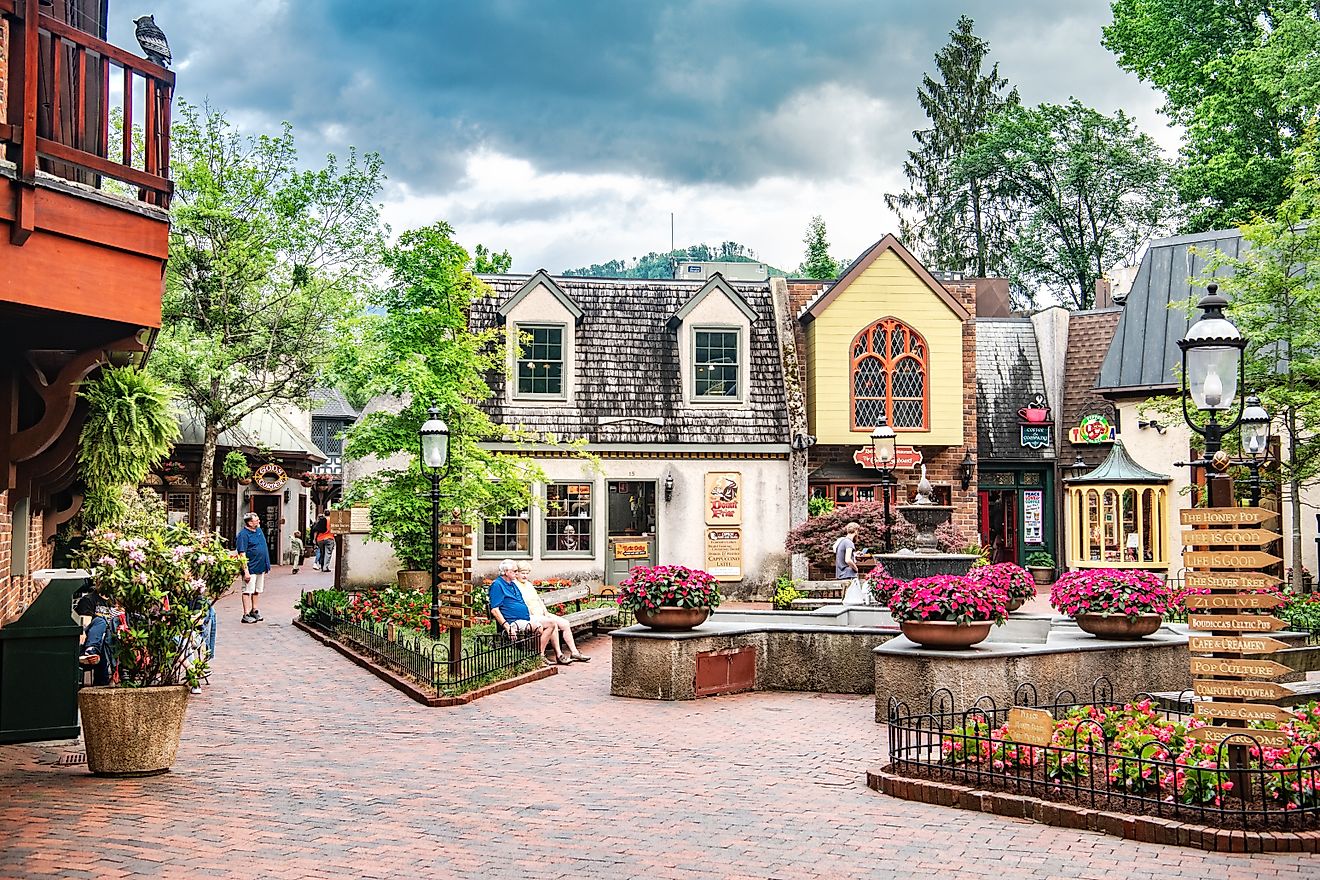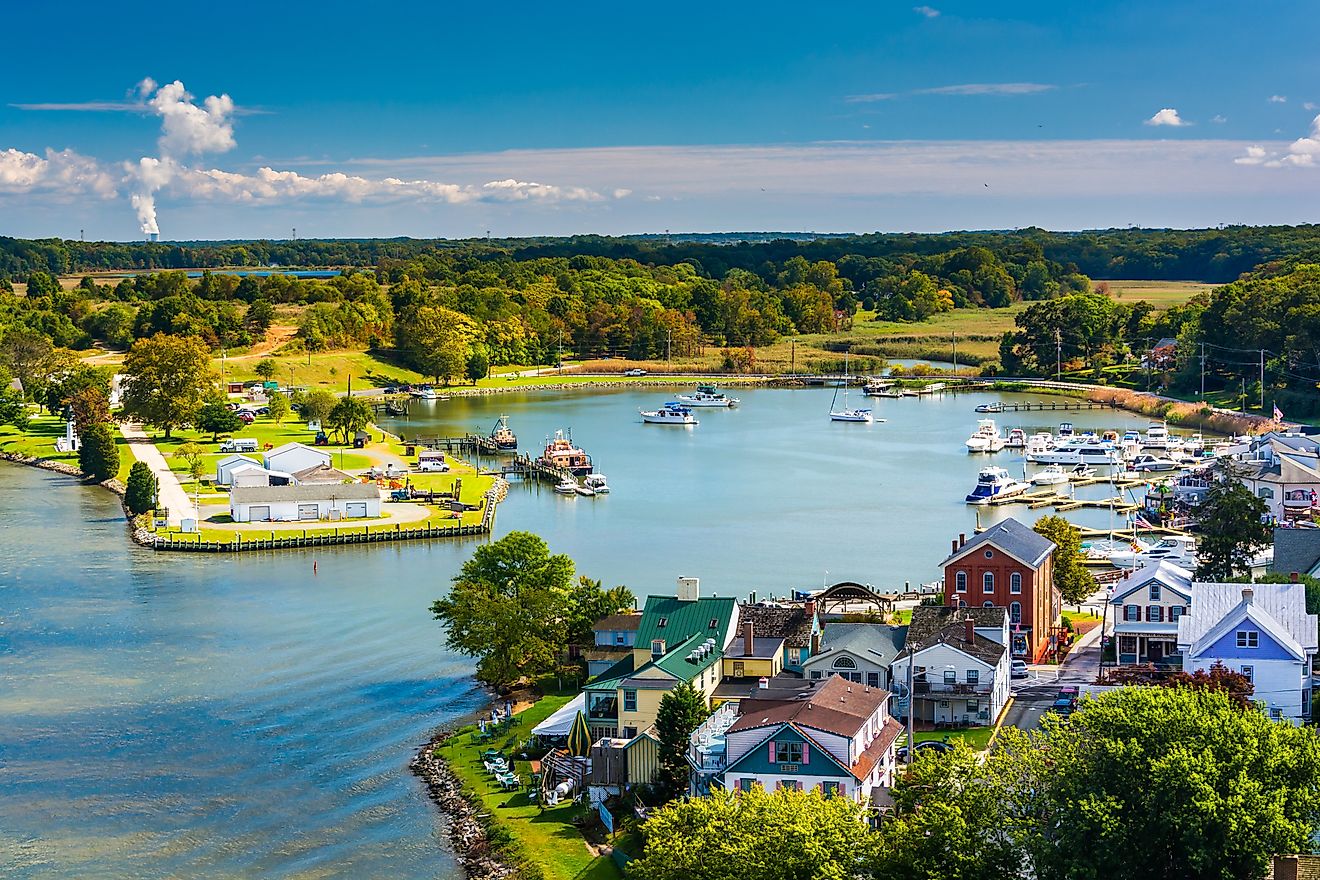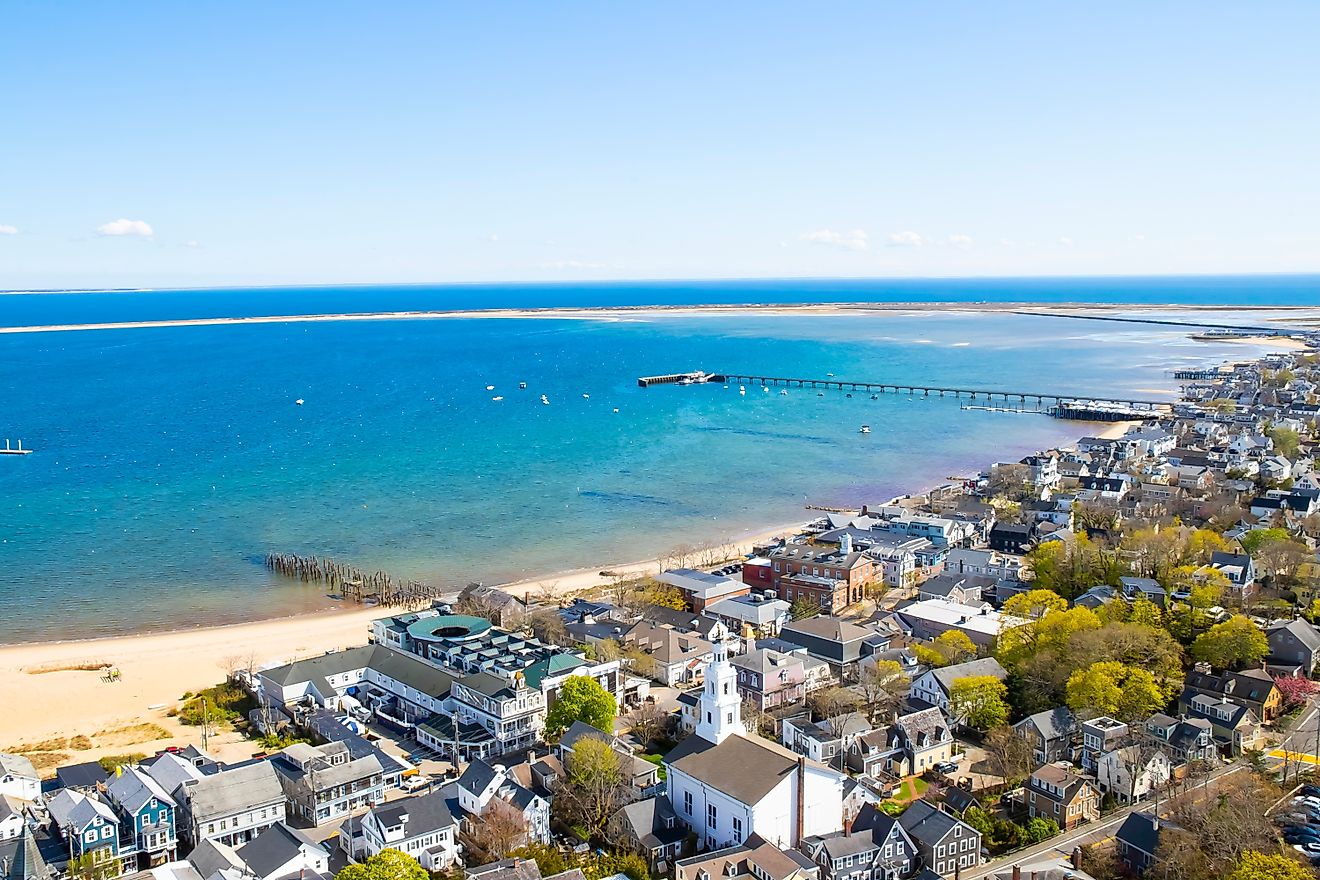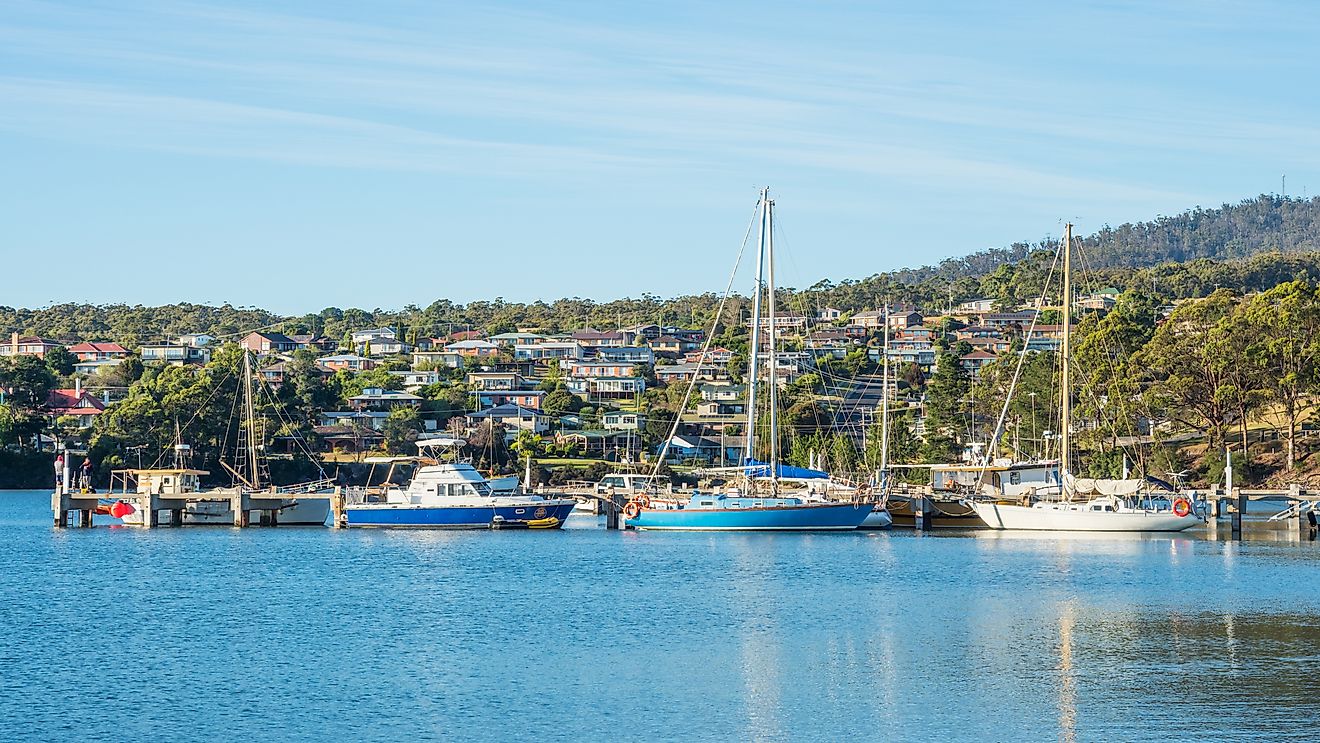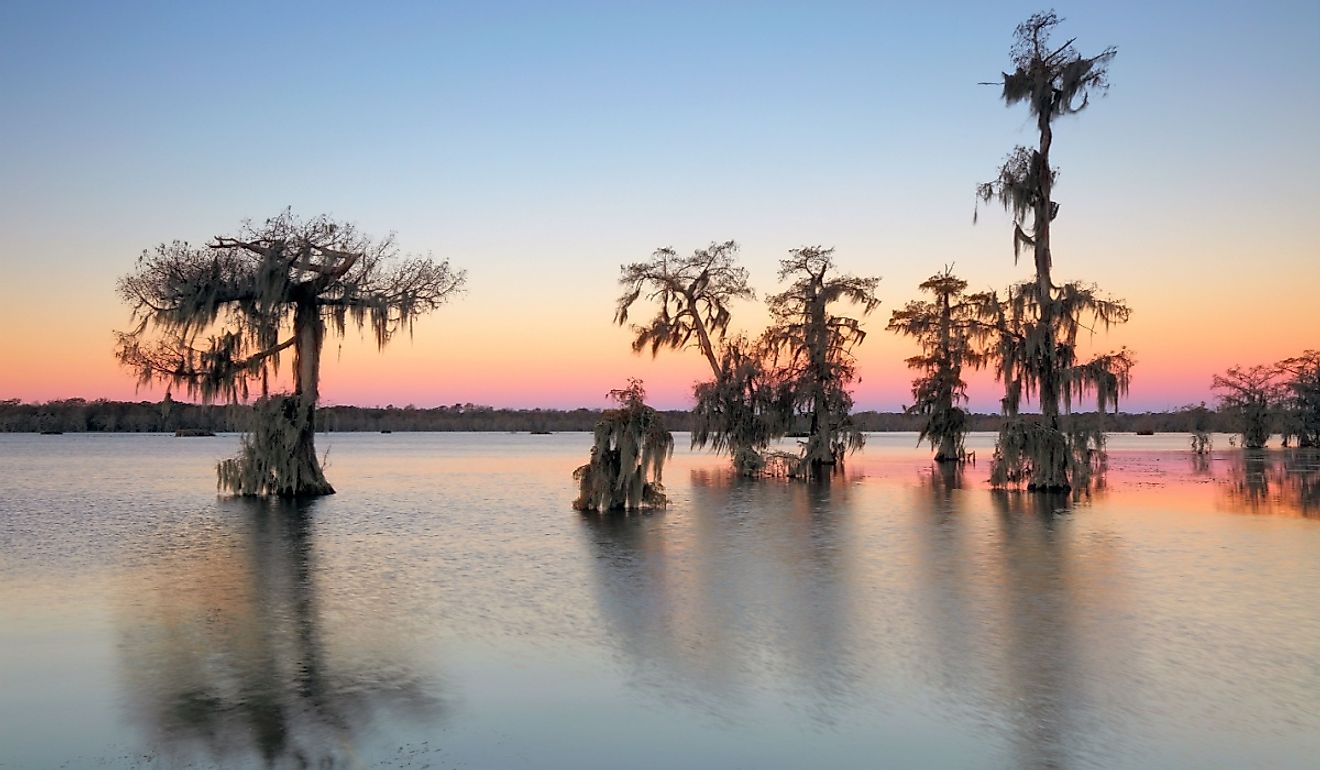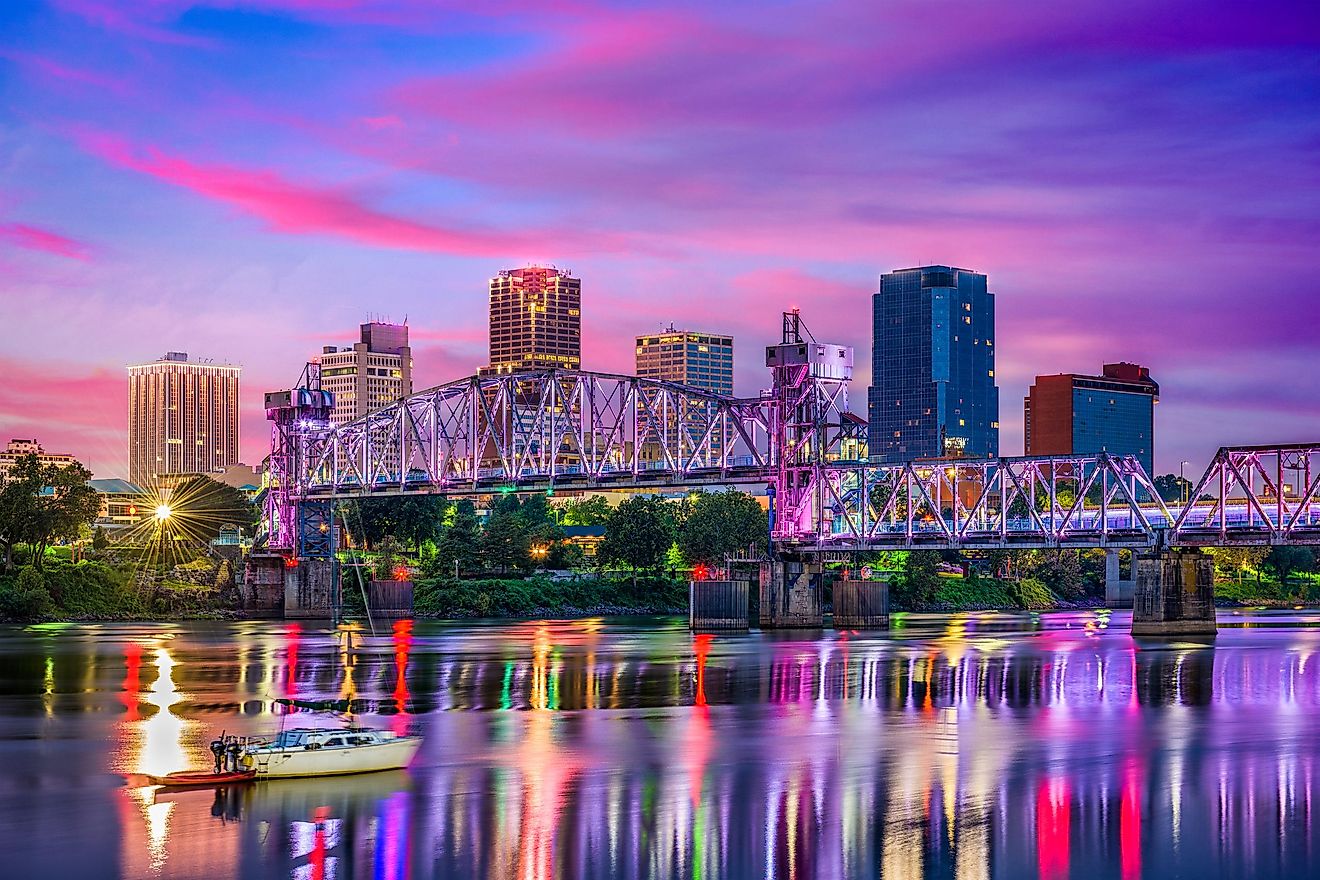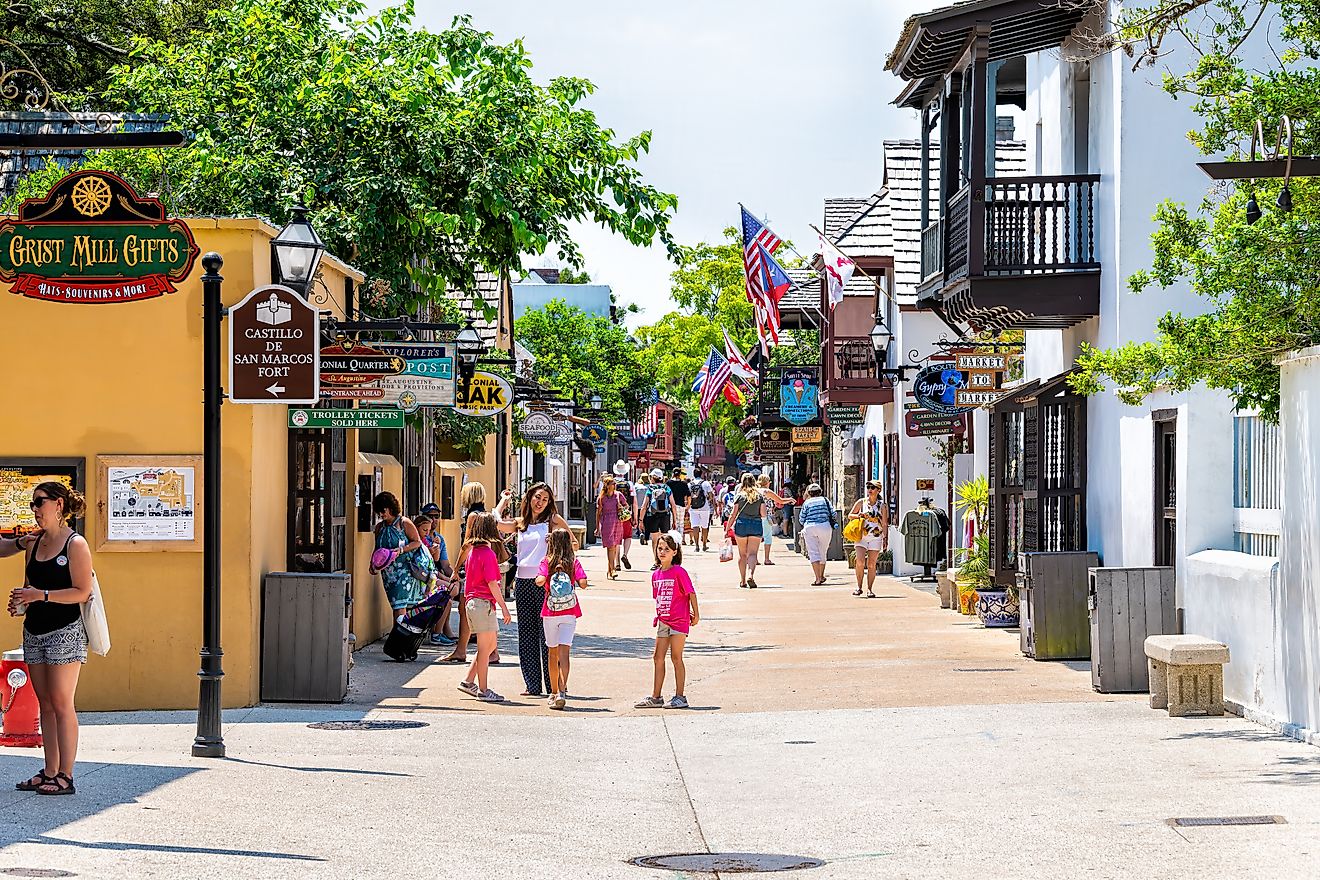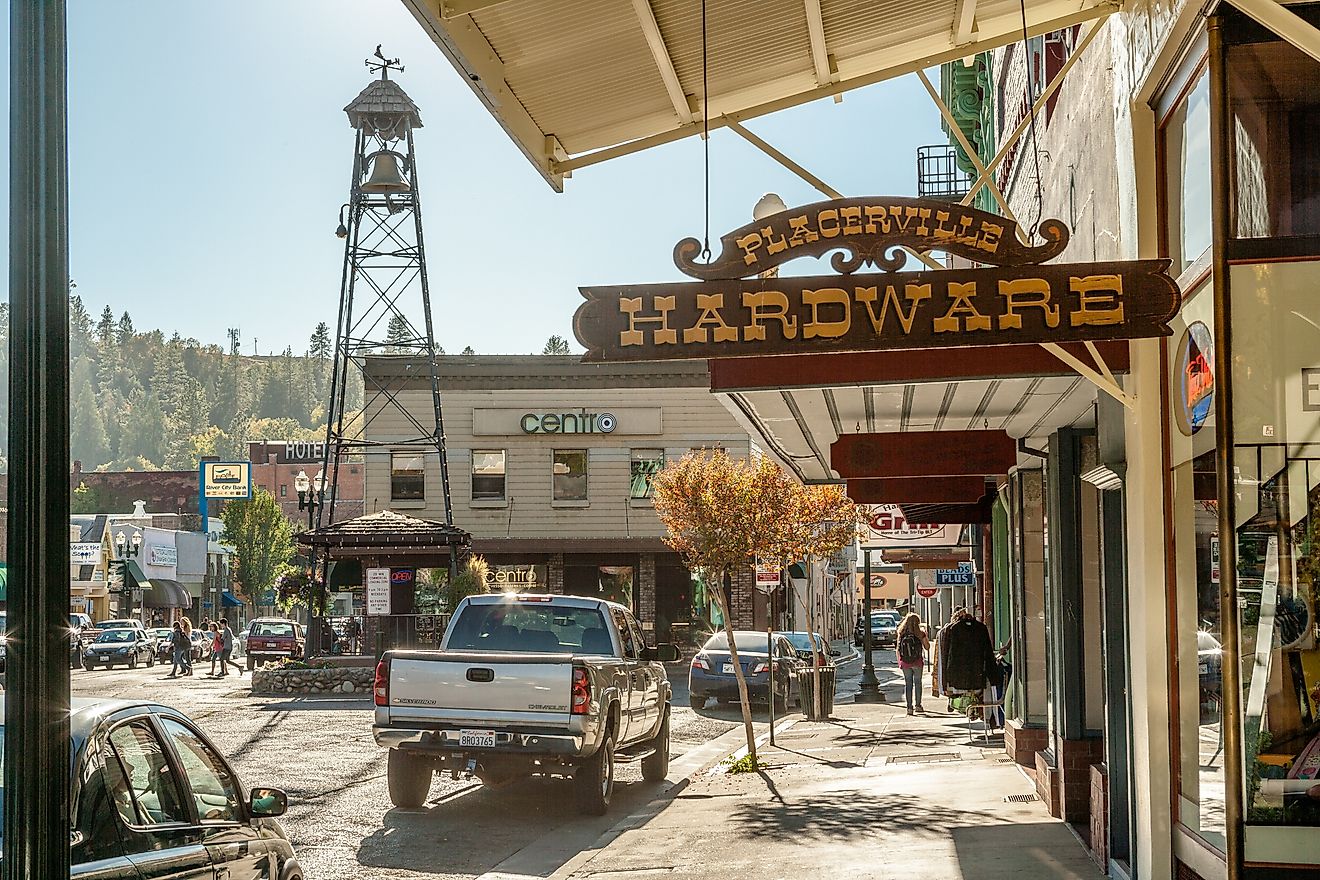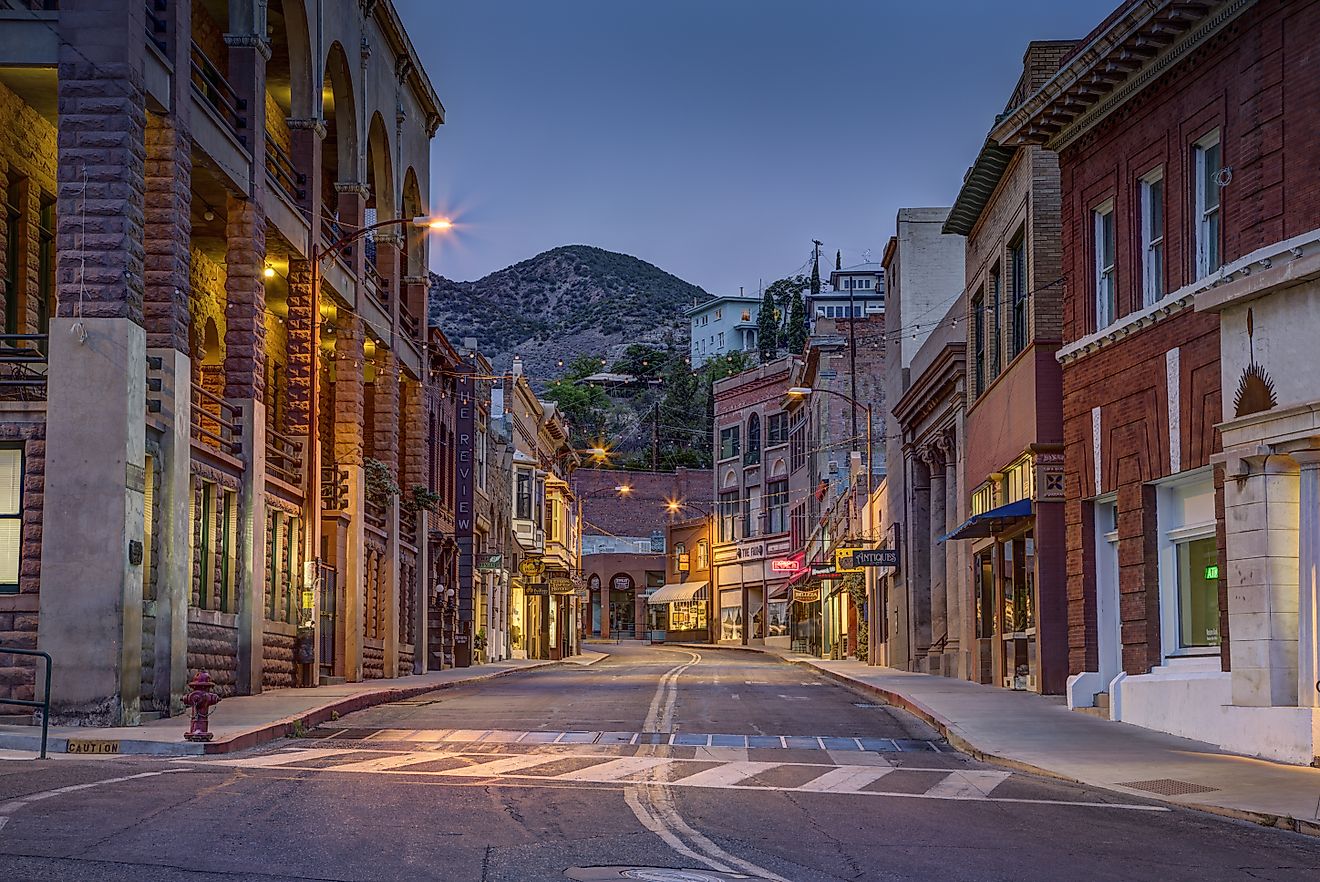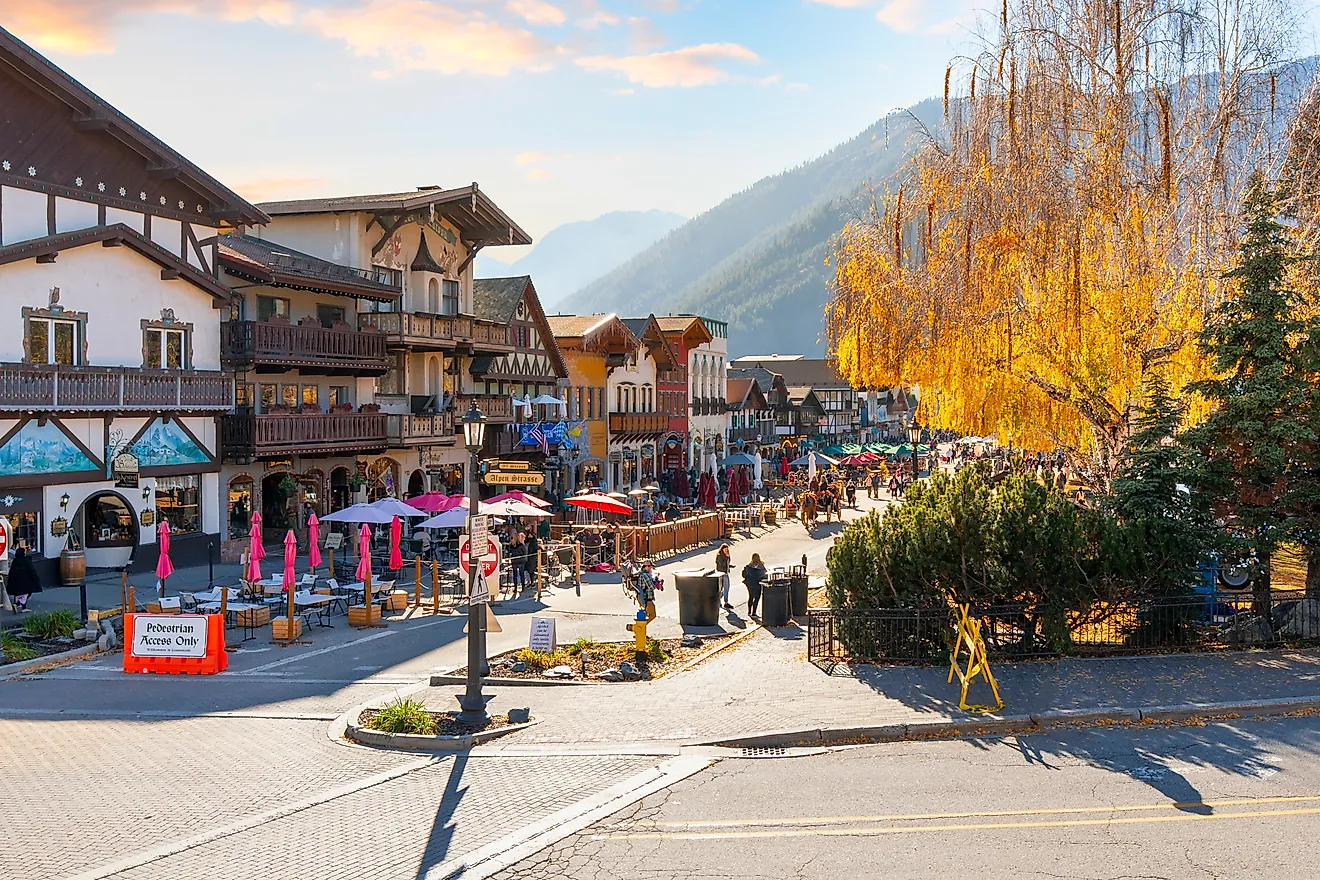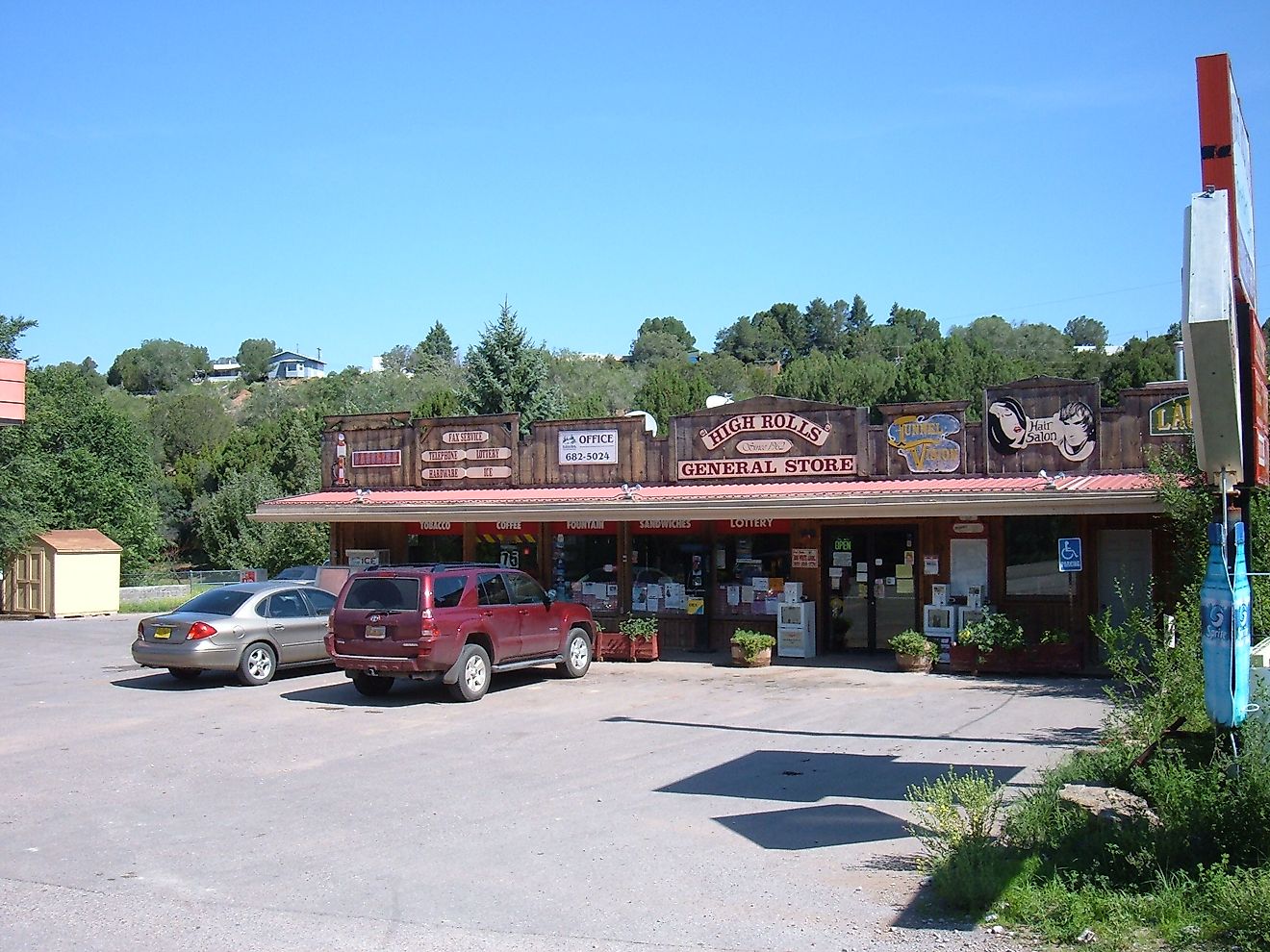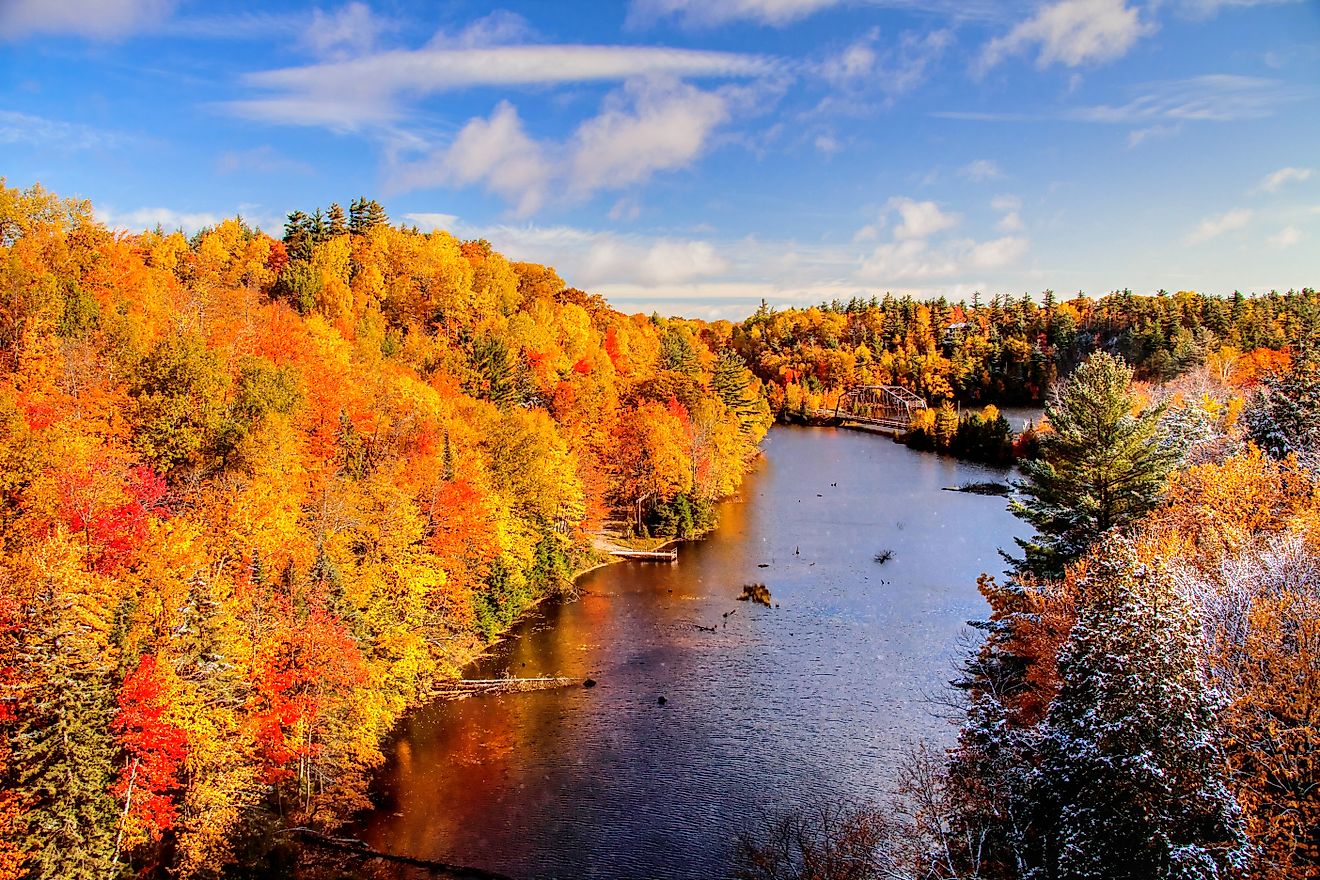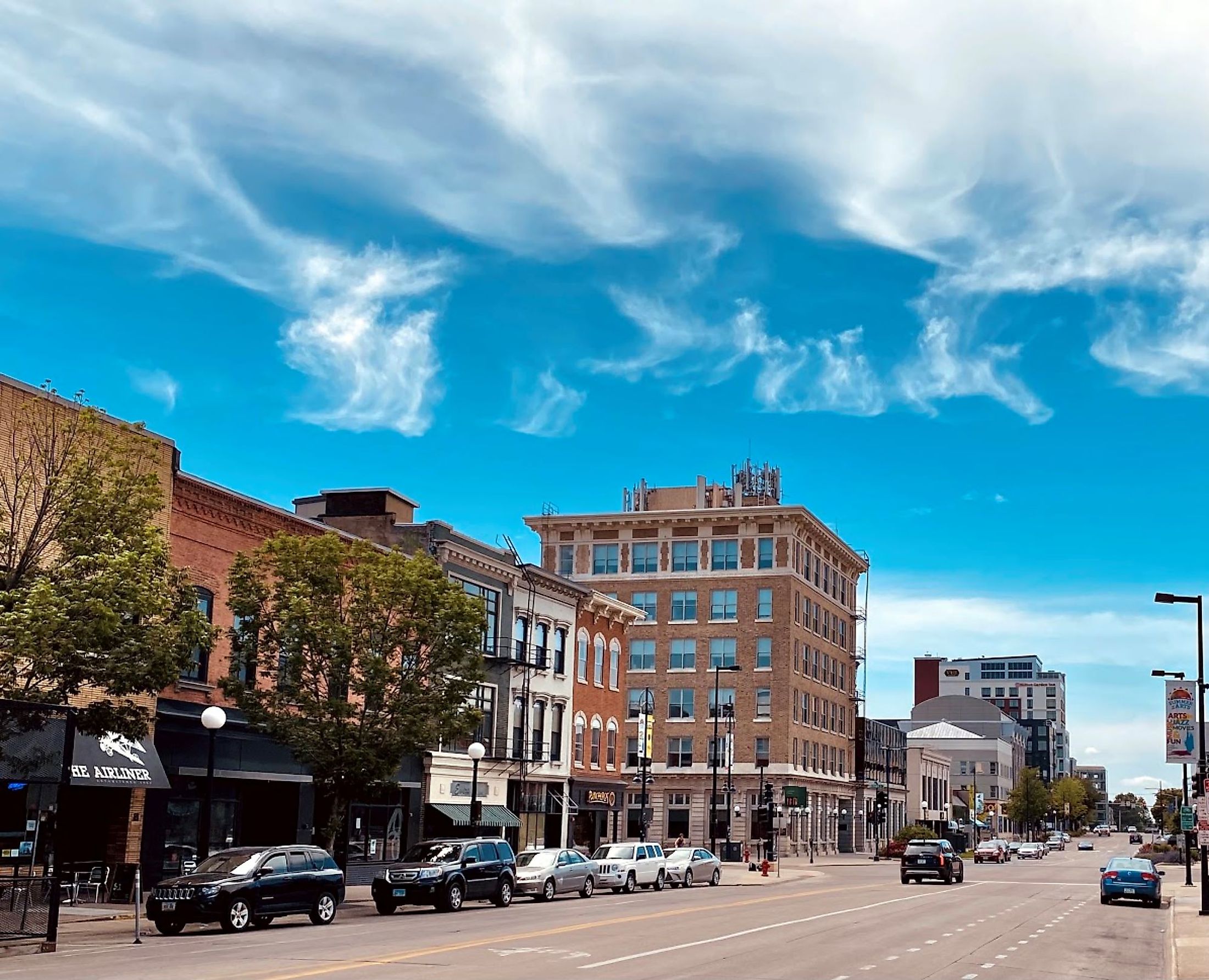
These Towns in the Midwest Were Once State Capitals
The American Midwest is well-known for its rolling plains and industrious cities. But less well-known is this important region of the US is also home to a collection of small towns that played pivotal roles in the early political history of their respective states. While some are now quiet and unassuming, they once held the important title of state capital, serving as places of governance and decision-making for periods of a few months to many years.
As state capitals, they were at the heart of legislative activities, housing the earliest government buildings and hosting important political figures of the time. And though the capital status of these towns has since shifted to larger cities, their historical significance remains deeply etched in their heritage. From historic courthouses to well-preserved government buildings, these towns provide a unique perspective on the Midwest's formative years.
Corydon, Indiana
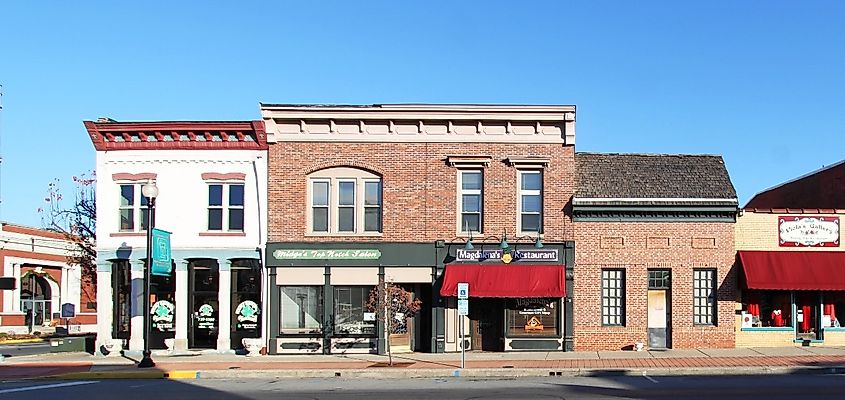
Located in southern Indiana and only a 30-minute drive from Louisville, KY, Corydon served as the state’s first capital from 1816 to 1825 and was the focal point of Indiana’s transition from territory to statehood. The Corydon Capitol State Historic Site preserves the original capitol building, a Federal-style limestone structure where the state’s first constitution was drafted. Visitors can explore the building, learning about the debates and decisions that shaped Indiana’s early government.
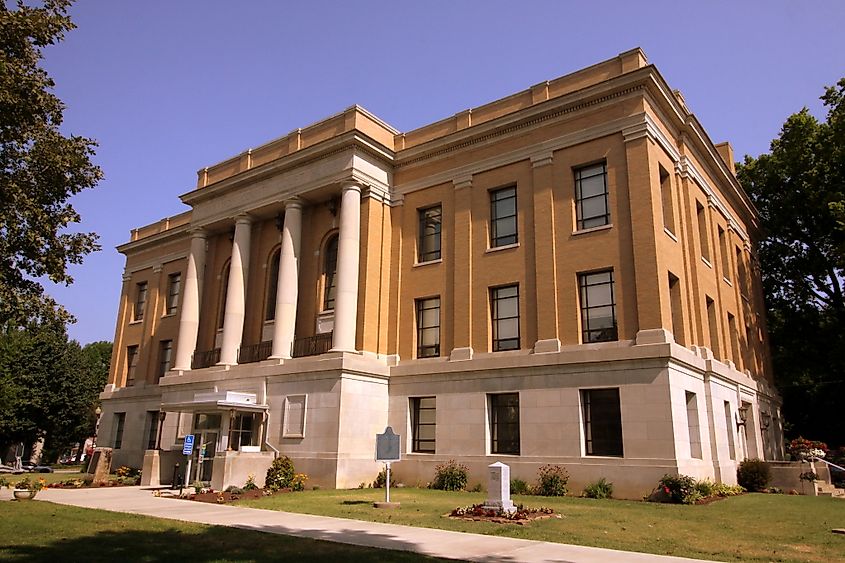
Corydon’s significance as a former capital is complemented by its rich Civil War history, notably the Battle of Corydon in 1863, the only battle fought in Indiana. The Corydon Historic District is a must-explore and is lined with 19th-century buildings, while nearby O’Bannon Woods State Park provides opportunities for outdoor recreation when a break is needed from exploring the town’s past.
Chillicothe, Ohio

Chillicothe’s location along the Scioto River has served this small Ohio town well down the decades. An easy 60-minute drive south of Columbus, Chillicothe holds the unique distinction of having served as Ohio’s capital twice: first from 1803 to 1810, and again from 1812 to 1816. As the state’s first capital, it was here that Ohio’s early governmental institutions were established, and the state’s first constitution was adopted.

You can get a feel for this period in time at Adena Mansion & Gardens, the home of Thomas Worthington, one of Ohio’s first senators and a key figure in the state’s founding (tours are available). The town’s historic downtown area features many buildings from the early 19th century, reflecting its time as a capital. Chillicothe is also known for its proximity to several Hopewell Culture National Historical Park sites which preserve ancient Native American earthworks.
Zanesville, Ohio

Located at the confluence of the Muskingum and Licking Rivers, Zanesville briefly served as Ohio’s state capital from 1810 to 1812, a period marked by a political compromise which saw the role of state capital being rotated between Zanesville and Chillicothe. Zanesville’s period as a capital is commemorated by the Ohio Bicentennial Marker in the downtown area.

The town is also home to the Zanesville Y Bridge, a unique structure that spans the rivers in a rarely used Y-shape. If visiting this former state capital, you’ll also want to explore the Zanesville Museum of Art which features a collection of American and European art. Enjoy the great outdoors? The nearby Muskingum River Parkway offers opportunities for boating and hiking, with a series of historic locks and dams dating back to the early 19th century.
Vandalia, Illinois
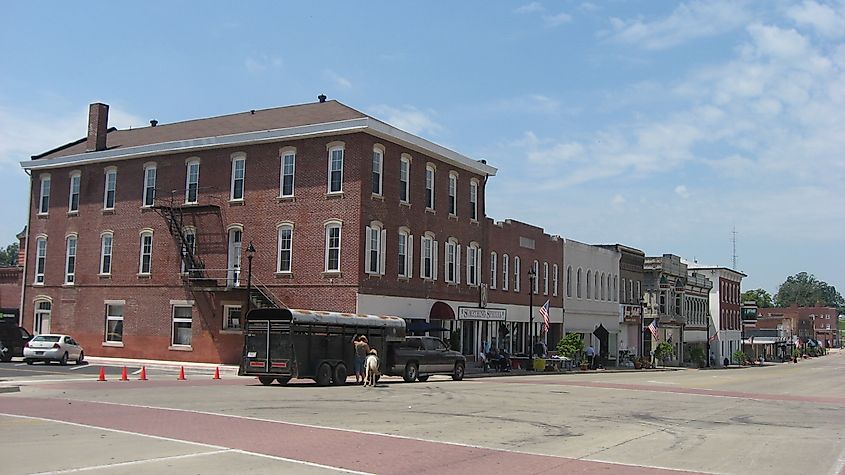
An hour east of St. Louis, MO, Vandalia is located along the Kaskaskia River and served as the Illinois capital from 1820 to 1839. As the state’s second capital, Vandalia was central to Illinois’ early legislative activities, including the development of the state’s infrastructure. The Vandalia Statehouse, the oldest surviving capitol building in Illinois, is today a popular tourist attraction and provides a fascinating glimpse into the early government meetings and legislative sessions.
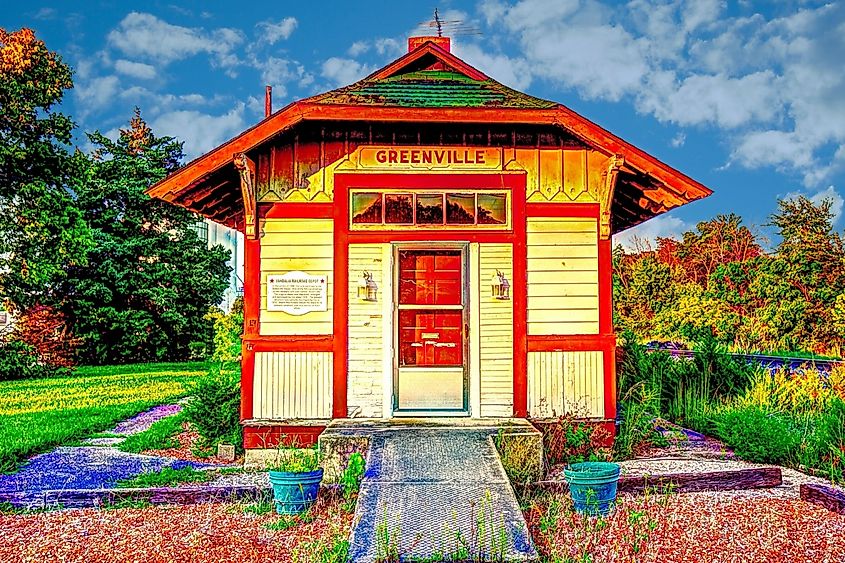
Constructed in an elegant Greek Revival style, it now serves as a museum complete with the chambers where Abraham Lincoln began his political career. From here it’s only a few steps to Vandalia’s historic downtown area. Be sure to also include the Little Brick House Museum on your Vandalia itinerary as it sheds further insights into life in the town during its capital years.
Belmont, Wisconsin
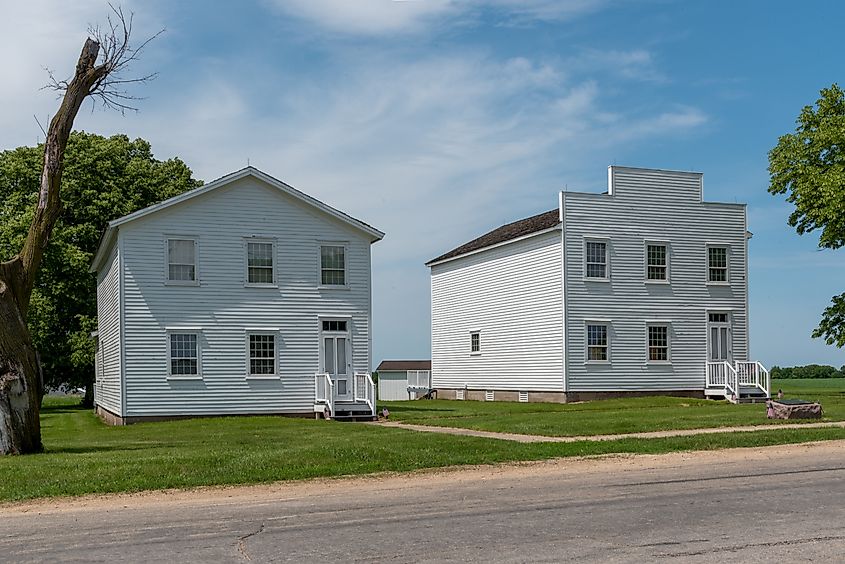
Over in Wisconsin, the pretty town of Belmont briefly served as the state’s territorial capital in 1836. During its time as the capital, Belmont hosted the first legislative sessions of the Wisconsin Territory, laying the groundwork for the state’s eventual admission to the Union. The First Capitol Historic Site in Belmont preserves two buildings from this period and shares details of the early political debates that shaped Wisconsin.
The site also includes the Council House and the Court House, both restored to reflect their original appearance. Belmont’s location near the scenic Pecatonica River certainly adds to its appeal, offering opportunities for outdoor activities such as fishing and hiking.
Lancaster, Wisconsin
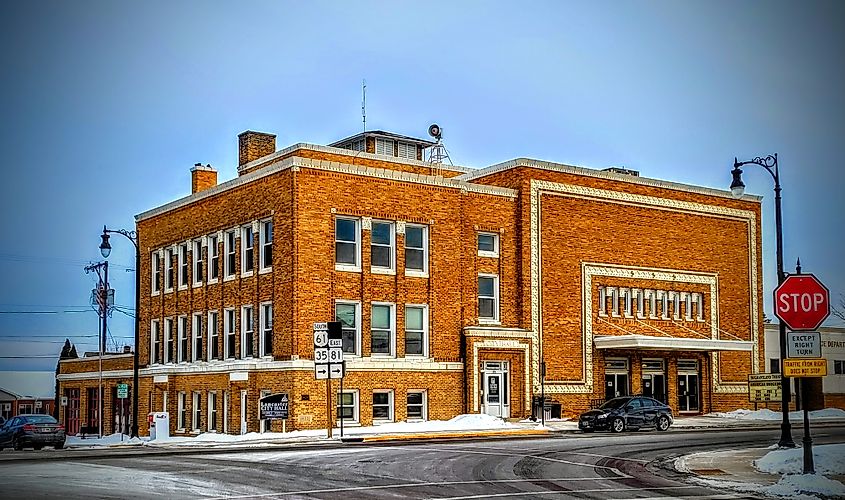
Lancaster, located in the rolling hills of southwestern Wisconsin, also served as the state’s territorial capital, this time from 1836 to 1837. The town’s significance as a former capital is certainly reflected in its historic downtown with its many well-preserved buildings from this period. Topping the list is Lancaster’s Grant County Courthouse, an elegant architectural landmark made of red brick that dominates the town center.
You’ll also want to explore the Grant County History Museum with its artifacts related to the area’s early settlement and territorial days, as well as its brief stint as state capital. Nearby Nelson Dewey State Park is also worth a visit and boasts stunning views of the Mississippi River Valley along with hiking and camping.
Iowa City, Iowa

Iowa City’s location along the Iowa River made it a prime candidate for Iowa’s capital, a position it held from 1841 to 1857. As the state’s second capital, Iowa City was the center of government during a crucial period of state development, and the Old Capitol Building, a prominent Greek Revival structure, serves as a potent reminder of this period of time.

Now a museum and part of the University of Iowa campus, the building can (and should) be toured for its exhibits relating to Iowa’s early legislative history and the state’s path to statehood. Iowa City’s downtown area is immensely walkable with a distinctly youthful vibe thanks to the presence of its university. If visiting this former state capital, be sure to include the nearby Coralville Lake and Devonian Fossil Gorge on your itinerary for a fascinating glimpse into the Midwest’s geological history.
Kaskaskia, Illinois

The only part of Illinois to be located on the Mississippi River’s western shore, the once-bustling town of Kaskaskia held the distinction of being the state’s first capital from 1818 to 1820. While little of the original town remains, visitors can get a sense of its past as a French colonial settlement and its later military significance at two important attractions that tell its story. The town’s connection with Europe remained strong throughout its history, and you can learn more about this with a visit to the Kaskaskia Bell State Memorial, home to the original bell gifted by King Louis XV of France to the community in 1741.
Known as the "Liberty Bell of the West," it was famously rung again after Illinois’ admission to the Union and can be accessed from the town of St. Mary in neighbouring Missouri. The other reminder of Kaskaskia’s former significance can be seen at the Fort Kaskaskia State Historic Site. This 200-acre blufftop park near Chester boasts commanding views over the Mississippi and supported the American side during the War of Independence with the defeat of the British in 1778.
The Final Word
These small towns of the American Midwest that once served as state capitals offer a unique perspective on the region’s early history. Though often overshadowed by the larger cities that succeeded them as capitals, each played a pivotal role in the formation of state governments and the development of the Midwest and have done a great job of preserving this historical significance through their historic landmarks, buildings, and museums. From the earliest days of Illinois and Indiana to the territorial beginnings of Wisconsin, these towns that were once state capitals played critical roles in shaping not just the Midwest’s identity, but that of the United States, too.
